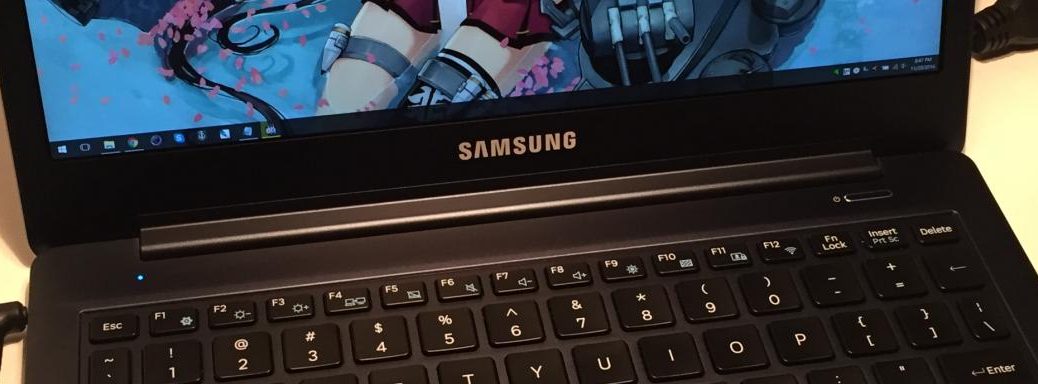The last time I wrote about switching laptops, I was still trying to replace my ThinkPad X220 Tablet. Round one had been the X230 Tablet, which hadn’t provided any sort of benefit for the additional cost. Round two had been the Helix, which had been just too much of a gimmick. In early 2014, around the time Nonsense Wars stopped, I had finally been able to replace the X220 Tablet with the ThinkPad Yoga, which, despite the novel “fold-over” form-factor, was thinner, lighter, faster, and most importantly had a 1080p screen.
The problem I’ve had with convertible tablets is that the digitizer experience has only been getting worse, and in my opinion this has been a trend since the TC4200. These days, even if you get a “real” digitizer (as opposed to some touchscreen crap) it seems like it’s just an afterthought. With the Yoga the pen was tiny, it wasn’t that accurate, the surface had poor feedback, and there were the infamous “black holes“. Mine didn’t black hole too badly, and I was only using the tablet to color so it wasn’t that bad, but still…
Eventually I bought a Cintiq! And these days I really don’t do enough digital drawing to justify either my Cintiq or a convertible tablet, so I decided that my next laptop could be of the traditional form factor. I hadn’t really been looking though: I’m really big on passive cooling and light laptops, and I knew that there were still very few, if any machines on the market that checked both boxes without excessive compromise (I’m talking about you, new MacBook (Air), with your one crappy port).
And one day I was at Fry’s and they actually had some of these ultra-light laptops on display. One was the Lenovo Lavie Z and the other was the Samsung Notebook 9.
I didn’t need to try the Lavie Z for more than a few minutes to determine that it was excessively compromised. I would prefer to buy Lenovo in general, but the Lavie Z, which is actually a Lenovo rebrand of a NEC design, retained a Japanese-region keyboard layout which was basically impossibru to use. The Lavie Z also came in touchscreen (heavier) and non-touchscreen variants, and obviously the non-touchscreen flavor was impossible to find at a reasonable price.
On the other hand, I was initially very impressed with the Notebook 9, and decided to give it a try.
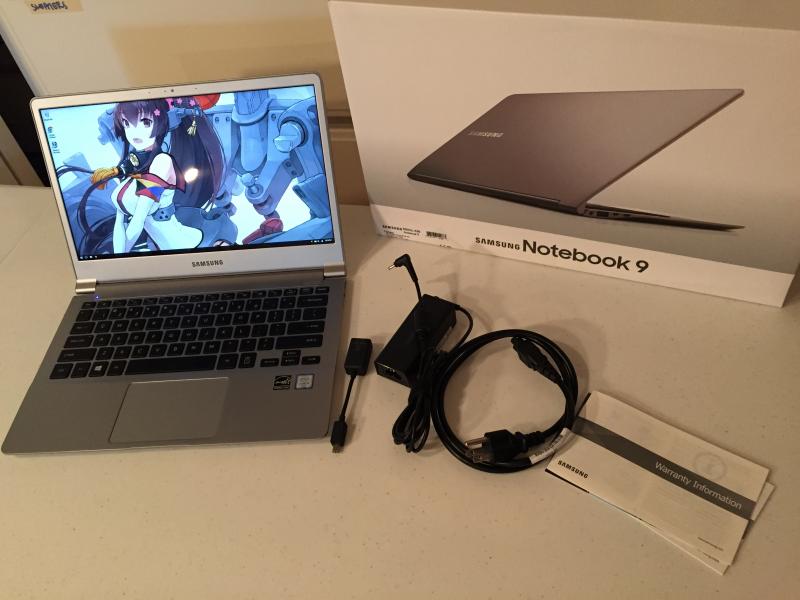
So let’s get right to the point: the Notebook 9 is literally the lightest “normal” (clamshell form factor with a mainstream CPU) laptop on the market right now at 1.86lbs, beating out the Lavie Z by a nominal 0.01lbs. To put that in perspective, the Lavie Z is lighter than the 2.0lb retina MacBook by 0.14lbs. These are incredible numbers and it really feels that light.
I’ve also weighed it.
Aside from the phenomenal weight figure, there is really nothing to write home about, but that is a feature. There is a normal touchpad (sadly still a clickpad, but I guess we just aren’t getting physical buttons back) below a normal keyboard attached to a normal, non-touch 1080p screen with a normal hinge. The chassis has pretty normal build quality; nothing egregious and nothing outstanding. There are two normal USB ports, a normal headphone jack, a normal SD card slot, a normal micro-HDMI port, and – this is really the only odd thing – a special port for a proprietary(?) Ethernet dongle.
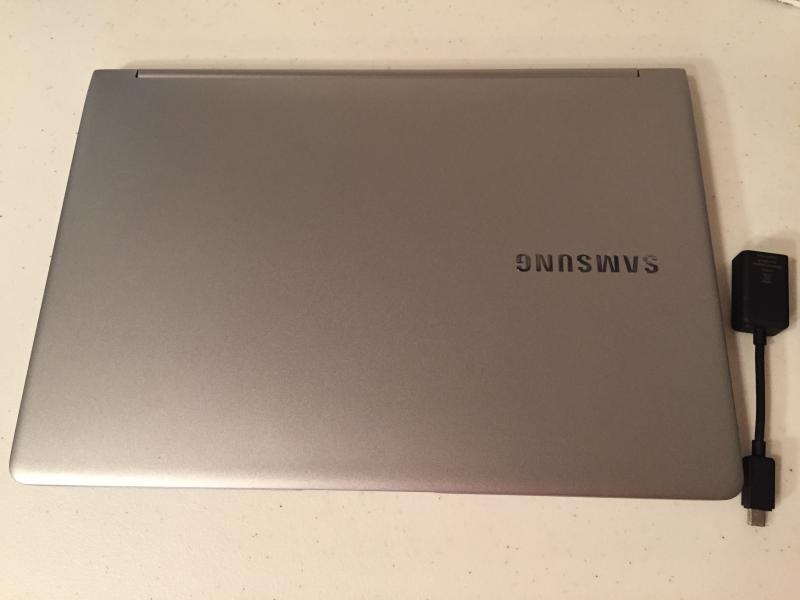
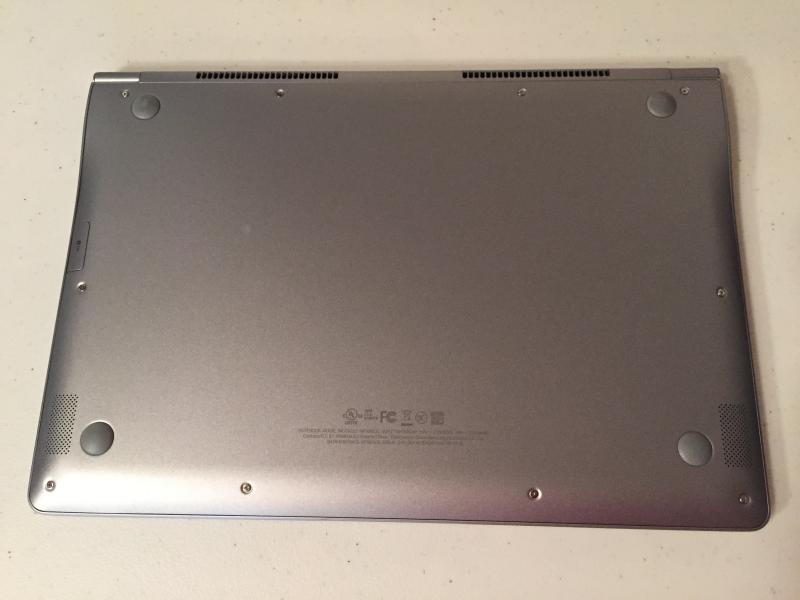
Spec wise it’s also very normal! It has a Core i5 6200U with 8GB of memory and 256GB of solid-state storage (it seems like just yesterday that SSDs weren’t standard fare!), and I’ll mention now that I wanted a mainstream CPU such that I could play World of Warships on the go, even if I will very rarely do that. From there I have nothing else to say; this is a really nice laptop, and I really wanted to like it.
BUT.
It doesn’t have passive cooling.
AND.
When using the laptop in bed, which is a fairly common use case for me, the fan is running constantly, and I just can’t stand it. If Samsung had decided to use a 5W 6Y30 over a 15W 6200U they probably could have made it passive, and it would have been perfect.
SO.
Enter the ATIV Book 9.
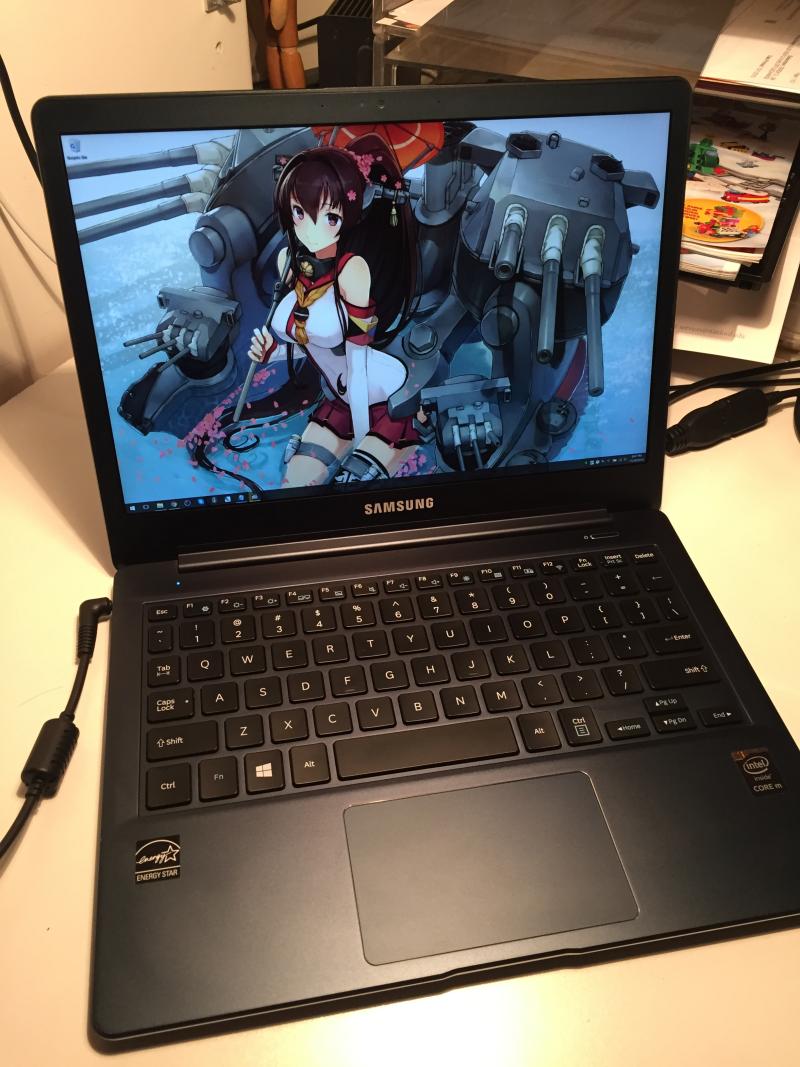
The ATIV Book 9 (seriously what is with these names?) uses a “super ULV” Core M CPU instead of a “regular ULV” Core U, which allows it to be passively cooled. It is a last-gen machine that weighs slightly more than the leaders in the ultra-light field at 2.09lbs – and the difference is actually physically noticeable – but that it is still very light, and the ATIV Book 9 retains all of the normal features of its younger brother.
Yes, I have also weighed it.
I had looked at the ATIV Book 9 when it had been new, but at the time I had not been able to justify the cost of switching, given that my Yoga was largely sufficient. Fast forward to today and while a used Notebook 9 isn’t too expensive at $800, an ATIV Book 9 is a steal at $400.
The ATIV Book 9 has one more advantage over its younger brother, and that’s the 12.5″, 2560 x 1600 display. The 13.3″, 1920 x 1080 display on the Notebook 9 is fine, but the QHD screen on the ATIV Book 9 is amazing. I cannot turn up scaling all the way without making my eyes bleed, and that to me is a sign that the pixel density is finally good enough. The smaller diagonal also means that the ATIV Book 9 has a smaller footprint, which is very nice.
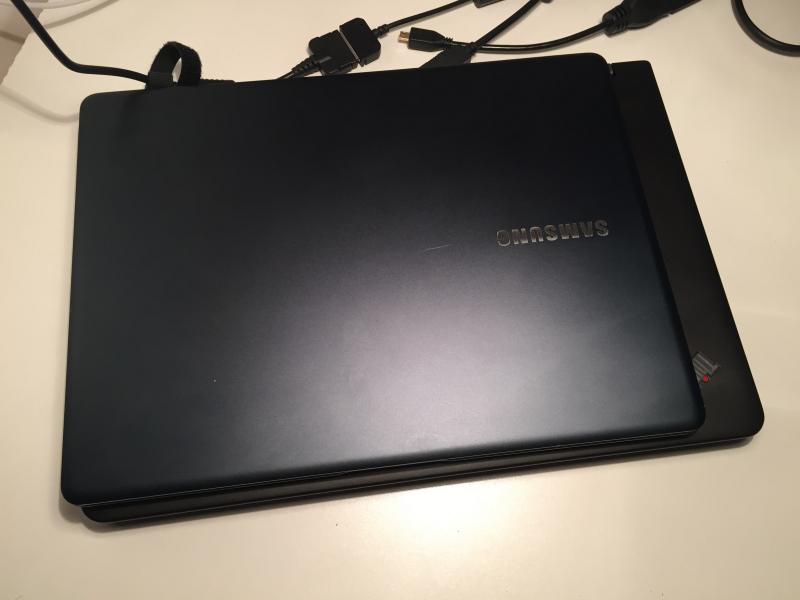
Just to drive the point home, laptop screens have really come a long way in just a few years. As late as 2013 I still had the X220T with miserable 12.5″, 1366 x 768 screen. QHD means four times the number of pixels. I don’t even talk about IPS (or similar technologies) anymore because it’s assumed these screens are have wide viewing angles. The future is an amazing place!
Battery life is also something I don’t talk about anymore, because it has long become sufficient. The ATIV Book 9 is rated for something north of 10hrs of runtime, and as far as I can tell that’s about right. Samsung’s own utility measured an idle power draw of about 3W, and 3W on a 35WHr battery translates to north of 10hrs. Many reviews suggested that the practical runtime is much less than that, but again anything in the realm of 5-10hrs is more than enough.
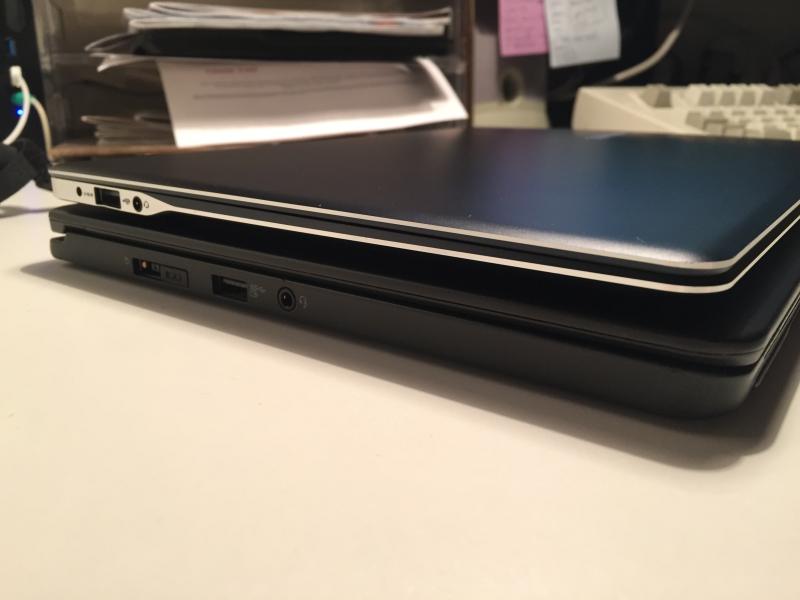
My only reservation about the ATIV Book 9 had been that it could not handle World of Warships on the Core M CPU (it’s got the same 8GB of memory and 256GB of storage), but I’m happy to say that it can! It’s a bit of a struggle I think, but given how rarely I intend to do it, I think it’s good enough.
So as with the Notebook 9 I really have nothing to complain about. The ATIV Book 9 is also a really nice laptop.
Finally, a comment about Windows 10. I think Windows 7 is still the zenith of classic Windows, and given the direction that Microsoft is headed I think that will always be the case. That being said, I have said that Windows 8 was fine, and that’s generally my sentiment about 10. I may write more as I use it more, but I think that’s a wrap for this post.
